Lord Howe Stick Insect (is not extinct!) / Sticky – Jilli Rose (2013)
Evolutionarily speaking, extinction is like the massive hidden part of an iceberg. More than 99% of nature’s experiments have failed but the successful 1% that is remaining is stunning us as we continue to learn. Not all extinction is natural however. As we are more and more certain Anthropocene, Human caused extinction rate is becoming much higher than the natural background extinction rate. Scientists are rushing to assess the on going rate of the extinction in different parts of the […]


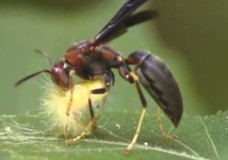
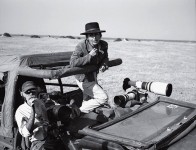
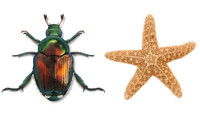


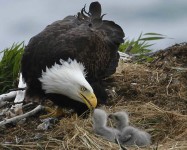

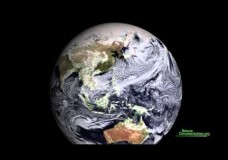
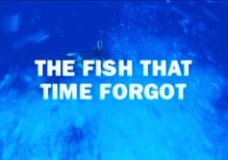
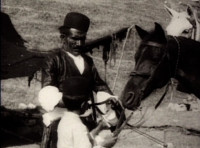
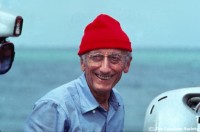


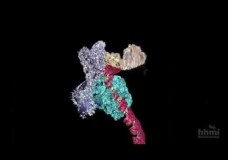

Recent Comments